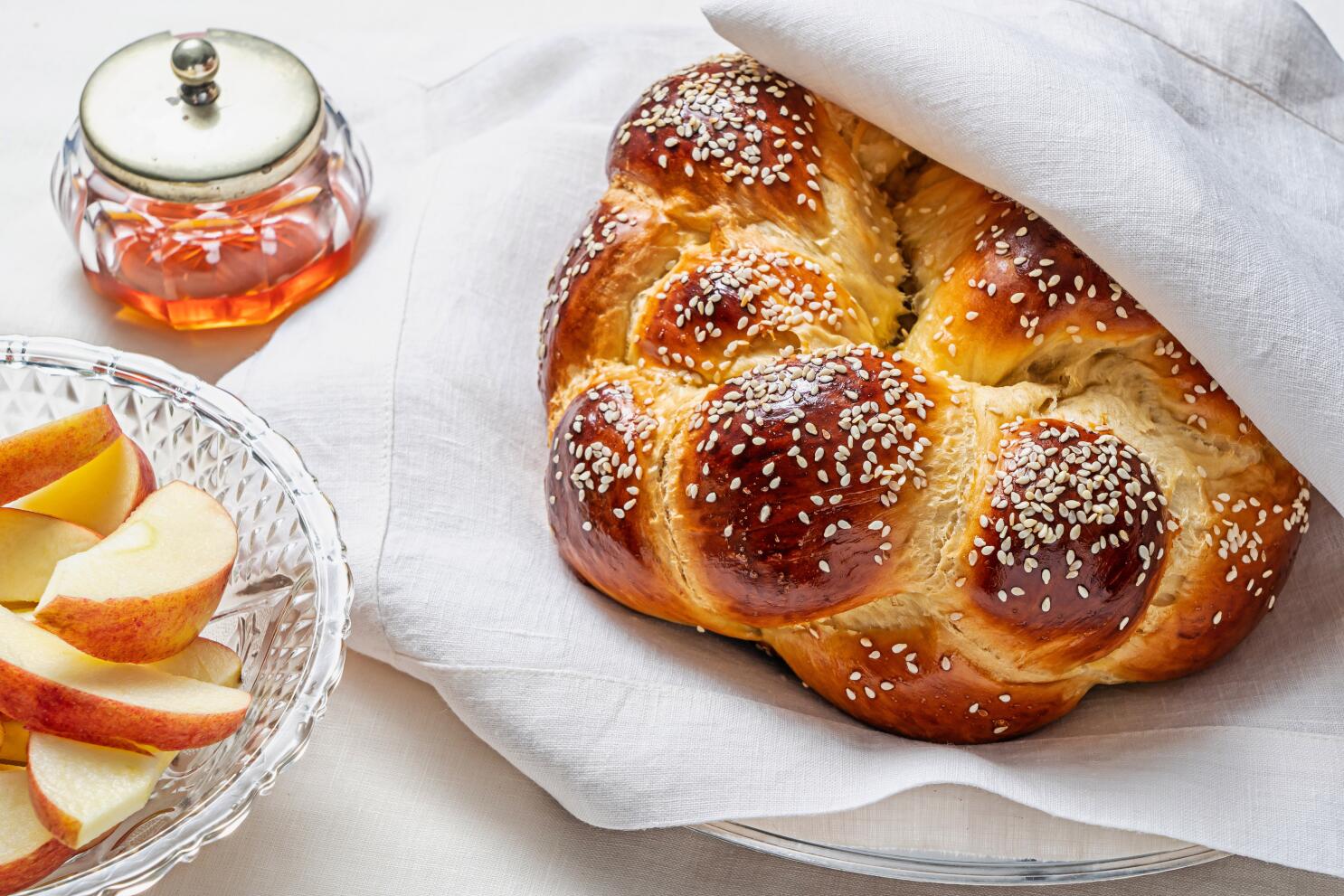

Articles
How To Store Challah Bread
Modified: May 6, 2024
Discover the best way to store challah bread with our informative articles. Keep your challah fresh and delicious for longer with our expert tips.
(Many of the links in this article redirect to a specific reviewed product. Your purchase of these products through affiliate links helps to generate commission for Storables.com, at no extra cost. Learn more)
Introduction
Challah bread is a delicious and traditional Jewish bread that is often enjoyed during special occasions or as part of a meal. Its light and fluffy texture, slightly sweet taste, and beautifully braided appearance make it a staple in many households. However, to fully enjoy the freshness and flavor of challah bread, proper storage is essential.
Properly storing challah bread not only helps to maintain its softness and taste, but it also extends its shelf life. Whether you have leftover challah bread after a Shabbat dinner or want to store it for future use, understanding the best storage methods is crucial.
In this article, we will explore the importance of proper storage for challah bread, how to determine its shelf life, and share some helpful tips for storing and reheating this beloved bread.
Key Takeaways:
- Proper storage of challah bread is crucial to maintain its freshness, flavor, and texture. Whether at room temperature, in the refrigerator, or freezer, tightly wrapping the bread is essential to prevent moisture loss and preserve its quality.
- Reheating challah bread in the oven at a low temperature ensures that it remains soft and warm, enhancing the overall enjoyment of this beloved bread. Avoid over-toasting or drying out the bread for the best results.
Read more: How To Store Bread Machine Bread
Why Proper Storage of Challah Bread is Important
Proper storage of challah bread is crucial to maintain its freshness, flavor, and texture. Without the right storage methods, challah bread can quickly become stale, dry, or even moldy, compromising its taste and quality.
Here are a few reasons why proper storage of challah bread is important:
- Preserves Freshness: Challah bread is best enjoyed when it is fresh and soft. By storing it properly, you can preserve its freshness for longer periods, ensuring that each slice tastes just as delicious as the first.
- Avoids Staleness: Improper storage can lead to the bread becoming stale. Stale challah bread can be tough, dry, and unappetizing. By using the right storage techniques, you can prevent staleness and maintain its desirable texture.
- Prevents Mold Growth: Challah bread is prone to mold growth due to its high moisture content. When not stored properly, it can become a breeding ground for mold, posing health risks and forcing you to discard the entire loaf. Proper storage helps prevent mold growth and keeps the bread safe to consume.
- Minimizes Waste: By storing challah bread properly, you can minimize waste and save money. Instead of throwing away leftover bread, you can store it correctly and enjoy it later, reducing food waste and ensuring that every slice is put to good use.
By understanding the importance of proper storage, you can ensure that your challah bread stays fresh, tasty, and enjoyable for as long as possible. Now, let’s explore how long challah bread typically lasts and how to determine its shelf life.
Understanding the Shelf Life of Challah Bread
The shelf life of challah bread can vary depending on various factors such as the ingredients used, how it is stored, and the ambient conditions. However, on average, challah bread typically stays fresh for about 2-3 days when stored at room temperature.
It’s important to note that challah bread is free of preservatives, so its shelf life is shorter compared to commercially produced bread. However, by using proper storage methods, you can extend the freshness of challah bread and enjoy it for a longer period.
When stored in the refrigerator, challah bread can stay fresh for up to a week. The cool temperature slows down the staling process and helps to maintain the bread’s moisture. However, it’s essential to keep the bread tightly wrapped in plastic wrap or placed in an airtight container to prevent it from drying out.
If you don’t plan to consume the challah bread within a week, freezing is the best option for long-term storage. When properly frozen and thawed, challah bread can maintain its taste and texture for up to 3 months.
It’s important to remember that while the bread may still be safe to consume after these timeframes, the quality, taste, and texture may be compromised as time goes on. Therefore, it’s always best to consume challah bread within its optimal freshness period.
Now that we have a better understanding of the shelf life of challah bread, let’s move on to some essential tips for storing it correctly.
Tips for Storing Challah Bread
Proper storage of challah bread is crucial to keep it fresh, moist, and delicious. Follow these tips to ensure that your challah bread stays at its best:
- Wrap it tightly: Whether you choose to store challah bread at room temperature, in the refrigerator, or in the freezer, it’s important to wrap it tightly. Use plastic wrap or foil to create an airtight seal around the bread, preventing moisture loss and minimizing exposure to air.
- Store at room temperature for short-term: If you plan to consume the challah bread within 2-3 days, storing it at room temperature is sufficient. Keep it in a cool, dry place away from direct sunlight. Remember to wrap it tightly to maintain its freshness.
- Refrigerate for longer freshness: If you need to extend the shelf life of challah bread to about a week, refrigeration is an option. Wrap the bread tightly in plastic wrap or place it in an airtight container before putting it in the refrigerator. Avoid storing it near strong-smelling foods, as challah bread can absorb odors easily.
- Freeze for long-term storage: Freezing is the best method for long-term storage of challah bread. After tightly wrapping the bread, place it in a freezer bag or container designed for freezer use. It’s recommended to slice the loaf before freezing, so you can easily thaw individual portions whenever needed.
- Thaw properly: When you’re ready to enjoy the frozen challah bread, thaw it properly to retain its texture and moisture. Remove the wrapped bread from the freezer and let it thaw at room temperature for a few hours or overnight. Avoid using the microwave or running it under water for thawing, as it can result in a soggy and unevenly thawed loaf.
- Reheat if desired: If you prefer warm challah bread, you can reheat it after thawing. Preheat your oven to a low temperature (around 300°F or 150°C) and place the unwrapped bread on a baking sheet. Heat it for 5-10 minutes until it is warmed through. Be careful not to overheat it, as it can dry out the bread.
By following these tips, you can ensure that your challah bread stays fresh, flavorful, and ready to be enjoyed whenever you crave it. Now, let’s dive into the different storage options for challah bread: room temperature, refrigerator, and freezer.
Option 1: Storing Challah Bread at Room Temperature
Storing challah bread at room temperature is a suitable option if you plan to consume it within 2-3 days. Here’s how to store challah bread at room temperature:
- Wrap it tightly: After enjoying a fresh slice of challah bread, wrap the remaining loaf tightly in plastic wrap or foil. Make sure the bread is fully covered and sealed to prevent moisture loss.
- Keep it in a cool, dry place: Find a spot in your kitchen or pantry that is cool, dry, and away from direct sunlight. Avoid storing the bread near appliances that generate heat, such as ovens or stovetops.
- Do not refrigerate: When storing challah bread at room temperature, there is no need to refrigerate it. Refrigeration can actually accelerate the staling process and result in a drier texture.
- Check for freshness: Before consuming the bread, check for any signs of mold or staleness. If you notice any mold growth or the bread feels significantly dry and stale, it is best to discard it to avoid any health risks.
Storing challah bread at room temperature allows it to retain its softness and prevent it from drying out quickly. Just remember to wrap it tightly, keep it in a cool spot, and consume it within 2-3 days for the best flavor and texture.
Next, let’s explore another storage option: storing challah bread in the refrigerator.
To store challah bread, wrap it tightly in plastic wrap or aluminum foil to prevent it from drying out. Store it at room temperature for up to 2 days, or freeze it for longer storage. Thaw frozen challah at room temperature before serving.
Read more: How To Store Brioche Bread
Option 2: Storing Challah Bread in the Refrigerator
If you need to extend the shelf life of challah bread beyond a few days, storing it in the refrigerator is a suitable option. Here’s how you can store challah bread in the refrigerator:
- Wrap it tightly: After enjoying some challah bread, tightly wrap the remaining loaf in plastic wrap or aluminum foil. Ensure that the bread is fully covered and sealed to prevent moisture loss.
- Place it in the refrigerator: Find a designated spot in your refrigerator where the temperature is consistently cool, preferably between 35-40°F (1-4°C). This temperature range helps to slow down the staling process and maintains the bread’s freshness.
- Avoid strong-smelling foods: To prevent the challah bread from absorbing any unwanted odors, keep it away from strong-smelling foods in the refrigerator. Store it in a separate section or use an airtight container to further protect it.
- Check for freshness before consuming: Even when stored in the refrigerator, challah bread will eventually start to stale. Before enjoying the bread, check for any signs of mold or excessive dryness. If the bread looks or smells off, it’s best to discard it.
By storing challah bread in the refrigerator, you can extend its shelf life for up to a week. However, keep in mind that refrigeration can alter the texture slightly, making the bread firmer. If you prefer warm, soft challah bread, you can reheat it in the oven before serving.
Now that you know how to store challah bread in the refrigerator, let’s explore the third storage option: freezing the bread for long-term storage.
Option 3: Freezing Challah Bread for Long-Term Storage
If you have leftover challah bread or want to save it for future use, freezing is the best option for long-term storage. Here’s how you can freeze challah bread:
- Slice the bread: Before freezing, it’s best to slice the challah bread. This allows for easier thawing and allows you to take out individual portions as needed. Use a sharp knife to slice the loaf into desired thickness.
- Wrap it tightly: Individually wrap each slice of challah bread with plastic wrap or foil. Alternatively, you can place the slices in a freezer bag and remove as much air as possible before sealing it tightly.
- Label and date: To keep track of the frozen bread and ensure you use it within its optimal time frame, label the wrapped bread with the date of freezing. This will help you maintain its quality and freshness.
- Place in the freezer: Arrange the wrapped slices of challah bread in a single layer on a baking sheet or tray. Place the tray in the freezer and allow the bread to freeze completely. Once frozen, you can transfer the bread slices to a more compact container or freezer bag for easier storage.
- Thaw when needed: When you’re ready to enjoy the frozen challah bread, remove the desired number of slices from the freezer. Leave them wrapped and allow them to thaw at room temperature for a few hours or overnight. Avoid using the microwave or running it under water for thawing, as it can result in a soggy texture.
- Reheat if desired: If you prefer warm challah bread, you can reheat the thawed slices. Preheat your oven to a low temperature (around 300°F or 150°C) and place the unwrapped bread on a baking sheet. Heat it for 5-10 minutes until it is warmed through. Be careful not to overheat it, as it can dry out the bread.
By following these steps, you can successfully freeze challah bread for long-term storage. Properly wrapped and stored, frozen challah bread can maintain its taste and quality for up to 3 months. It’s a convenient option for having freshly baked challah bread on hand whenever you desire.
Now that you know the different storage options for challah bread, let’s move on to how to reheat challah bread to enjoy it at its best.
How to Reheat Challah Bread
Reheating challah bread is a great way to enjoy it at its best, whether it’s freshly baked or thawed from the freezer. Here’s a simple method to reheat challah bread:
- Preheat your oven: Start by preheating your oven to a low temperature, around 300°F (150°C). This low heat will help warm the bread without drying it out.
- Prepare the bread: Take your challah bread slices or loaf and remove any plastic wrap or foil. If the bread was frozen, ensure that it has been thawed completely before reheating.
- Place on a baking sheet: Arrange the challah bread slices or loaf on a baking sheet, making sure they are spread out evenly. This allows for even reheating and avoids any potential sogginess.
- Warm in the oven: Place the baking sheet with the challah bread in the preheated oven. Heat it for about 5-10 minutes, or until the bread is warmed through. Keep an eye on it to avoid over-toasting or drying it out.
- Check readiness: After the suggested reheating time, check the bread for desired warmth and texture. It should be soft and warm but not overly toasted or crispy.
- Remove from the oven: Once the challah bread is warmed and ready, carefully remove the baking sheet from the oven. Let it cool for a few minutes before serving.
Reheating challah bread ensures that you can enjoy it as if it were freshly baked. Whether you’re having it alongside a meal, making French toast, or simply enjoying it with butter and jam, reheating adds that extra touch of warmth and comfort.
Remember, it’s always best to consume reheated challah bread soon after reheating to enjoy its optimal taste and texture. Now that you know how to reheat challah bread, let’s conclude our discussion.
Conclusion
Properly storing and reheating challah bread is essential for preserving its freshness, flavor, and texture. By following the tips provided in this article, you can ensure that your challah bread remains delicious and enjoyable for an extended period.
Whether you choose to store challah bread at room temperature for a few days, refrigerate it for a week, or freeze it for long-term storage, remember to wrap it tightly to prevent moisture loss. Each storage method has its benefits, allowing you to choose the option that suits your needs.
When it comes to reheating challah bread, a gentle and low heat in the oven is the best method to retain its softness and warmth. Take care not to over-toast or dry out the bread during the reheating process.
By understanding the shelf life of challah bread and implementing proper storage techniques, you can minimize waste, maintain its quality, and always have a delicious slice of challah bread on hand.
So, whether you’re enjoying challah bread during a holiday celebration or incorporating it into your daily meals, remember to store it correctly, reheat it with care, and savor each bite of this beloved bread.
Now, go ahead and enjoy your freshly baked or reheated challah bread to its fullest!
Now that you've got the scoop on keeping challah bread fresh, why stop there? For anyone keen on keeping all types of bread at their best, our detailed guide on bread storage solutions is just what you need. Whether you're searching for practical tips or the latest options, this guide covers it all. And for those who love a stylish yet functional kitchen, discovering the best bread box options will surely pique your interest. These containers not only maintain the freshness of your loaves but also add a touch of charm to any kitchen setup.
Frequently Asked Questions about How To Store Challah Bread
Was this page helpful?
At Storables.com, we guarantee accurate and reliable information. Our content, validated by Expert Board Contributors, is crafted following stringent Editorial Policies. We're committed to providing you with well-researched, expert-backed insights for all your informational needs.
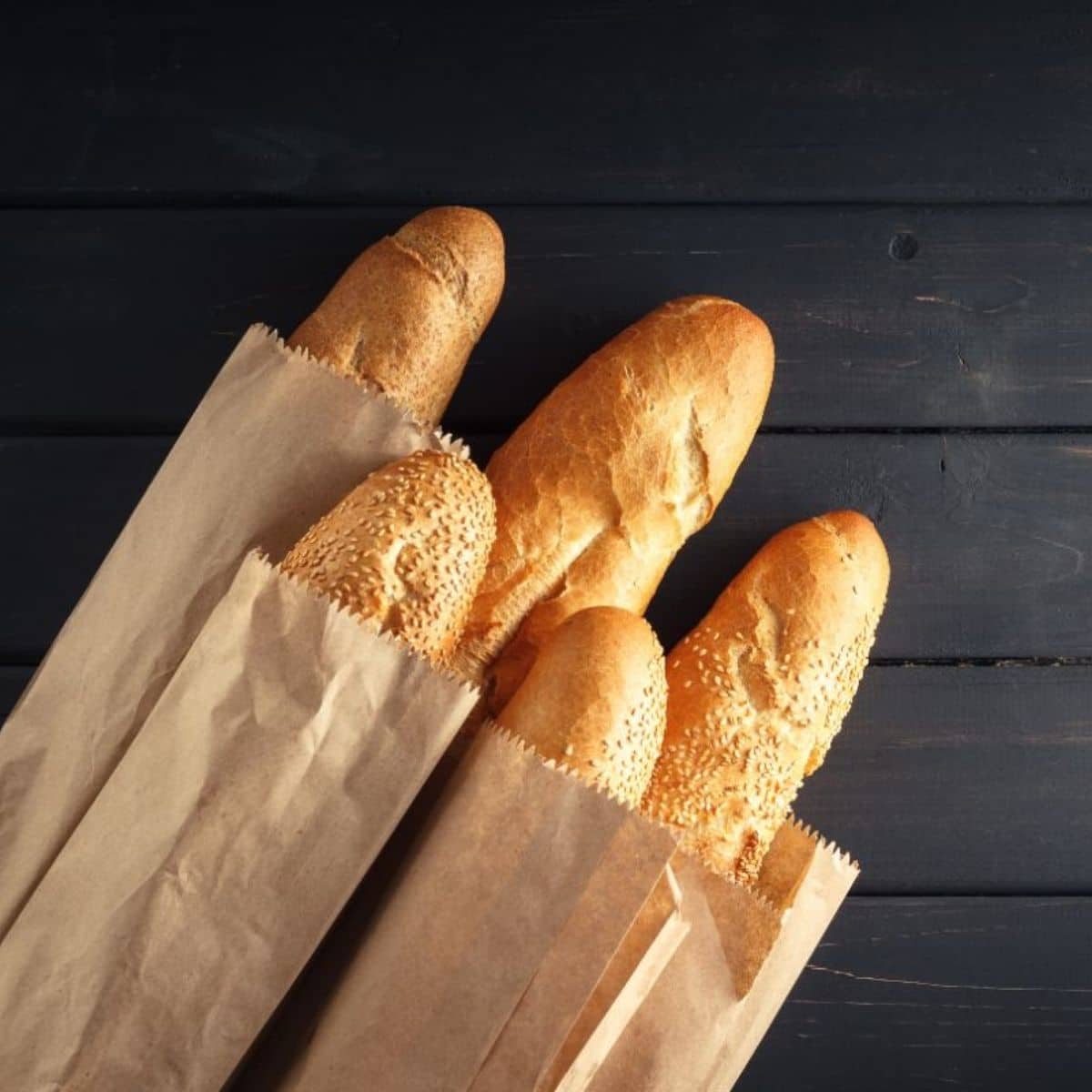
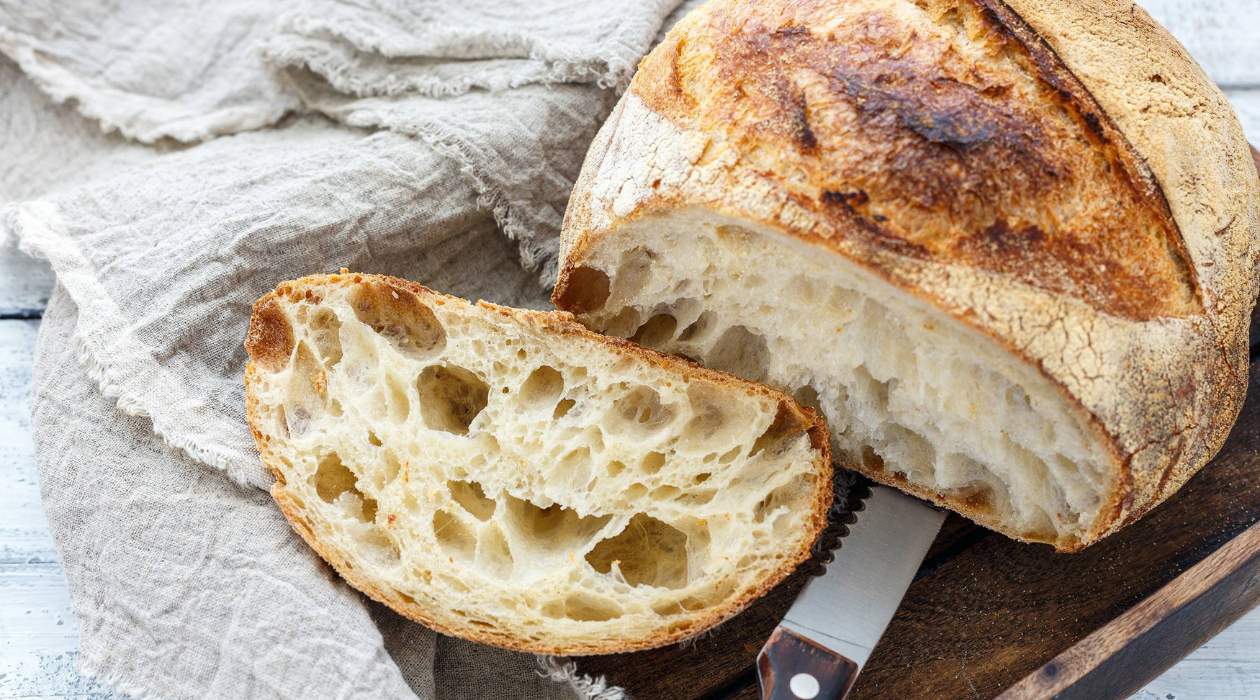
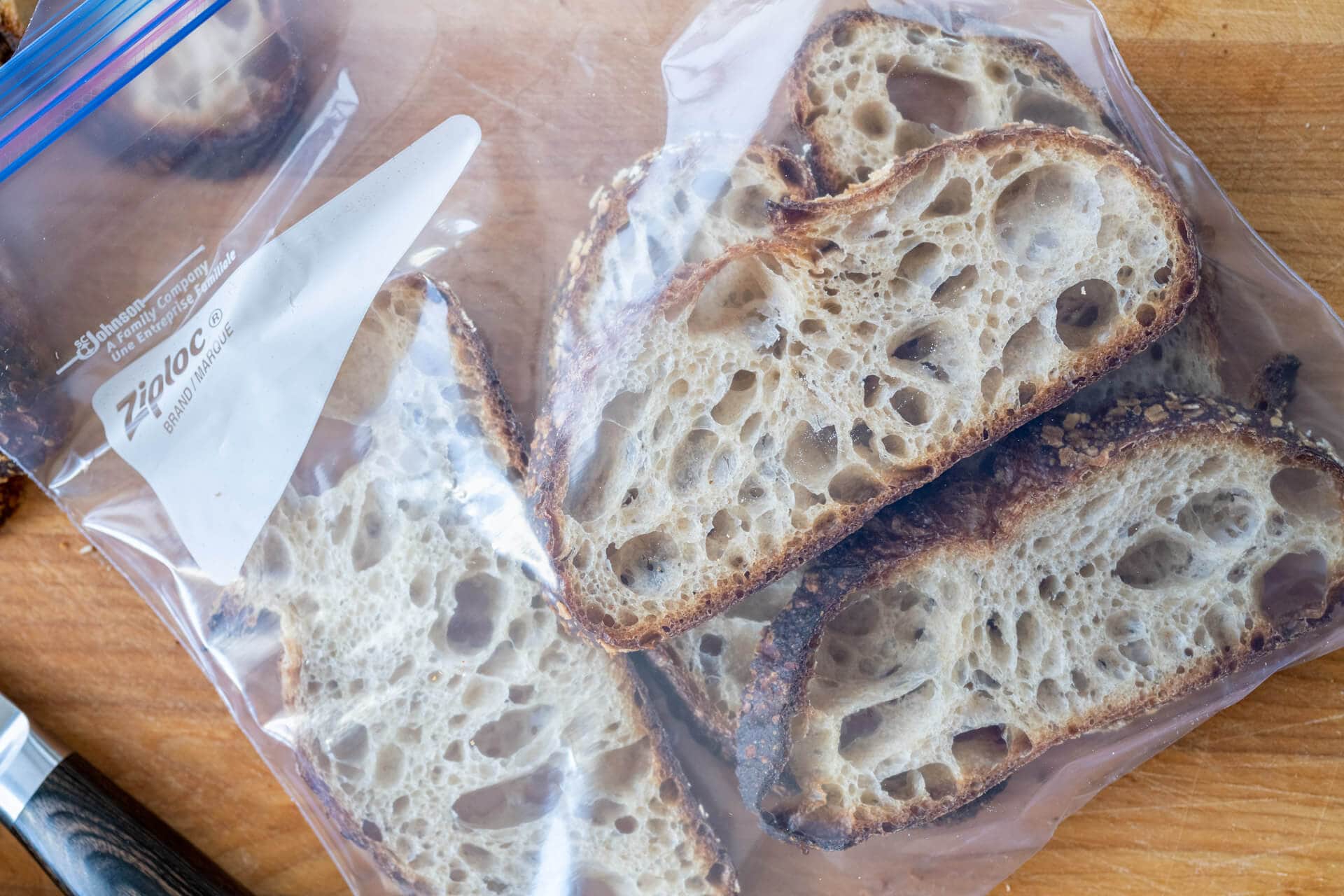

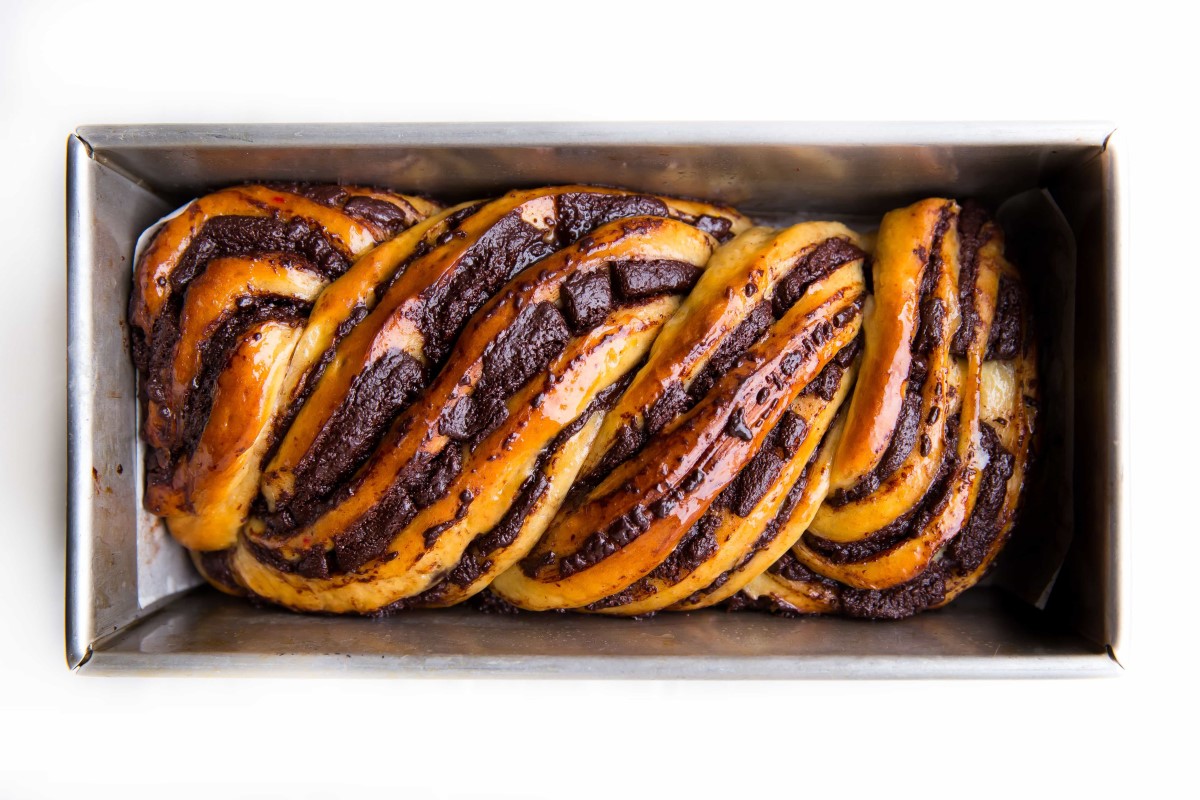
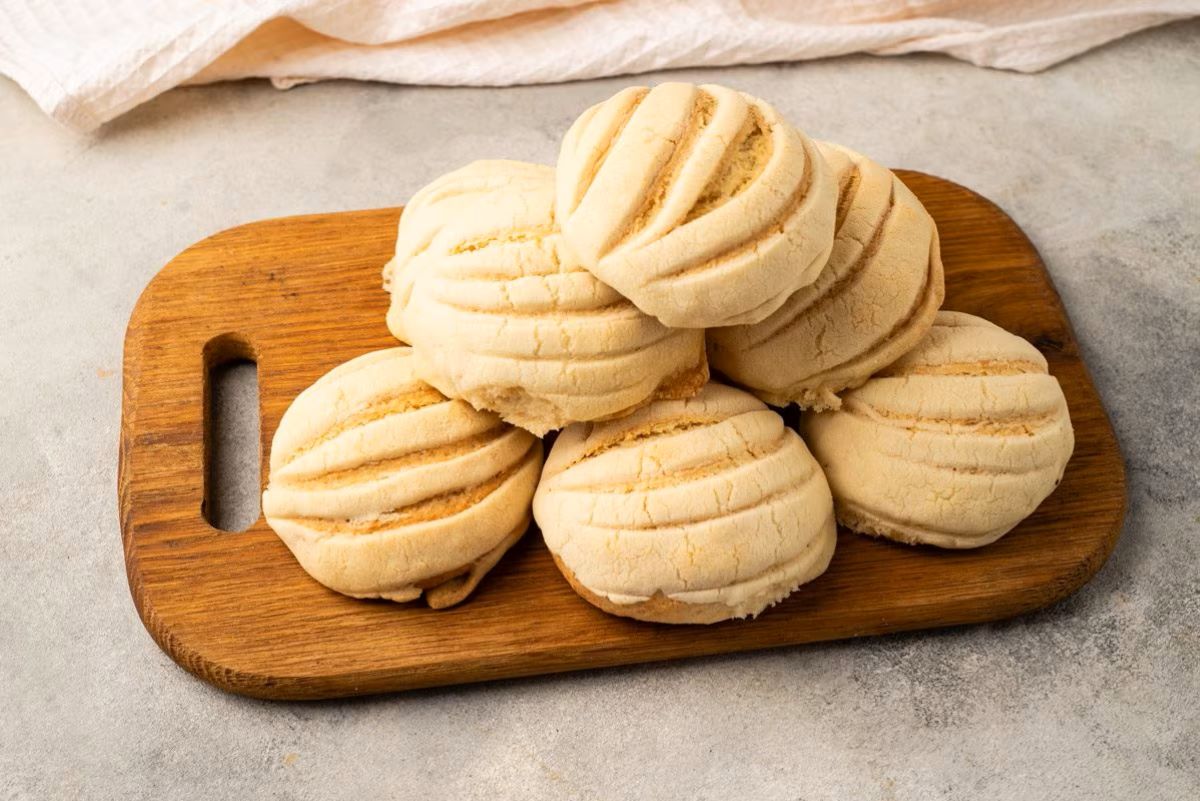
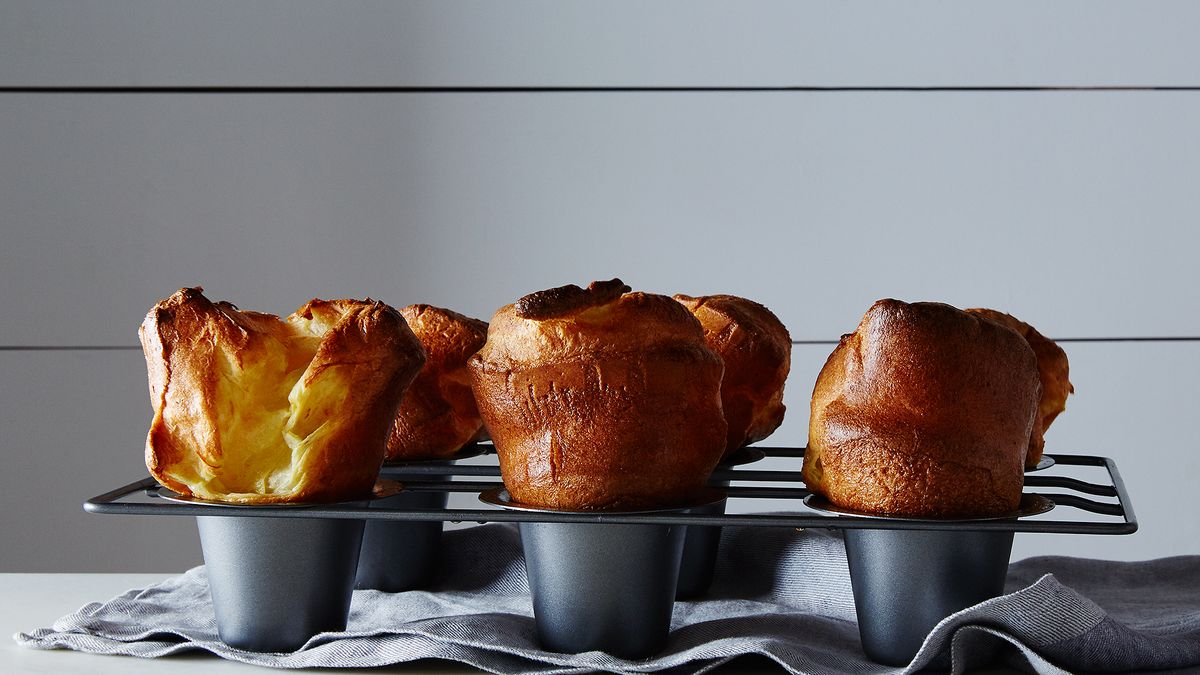
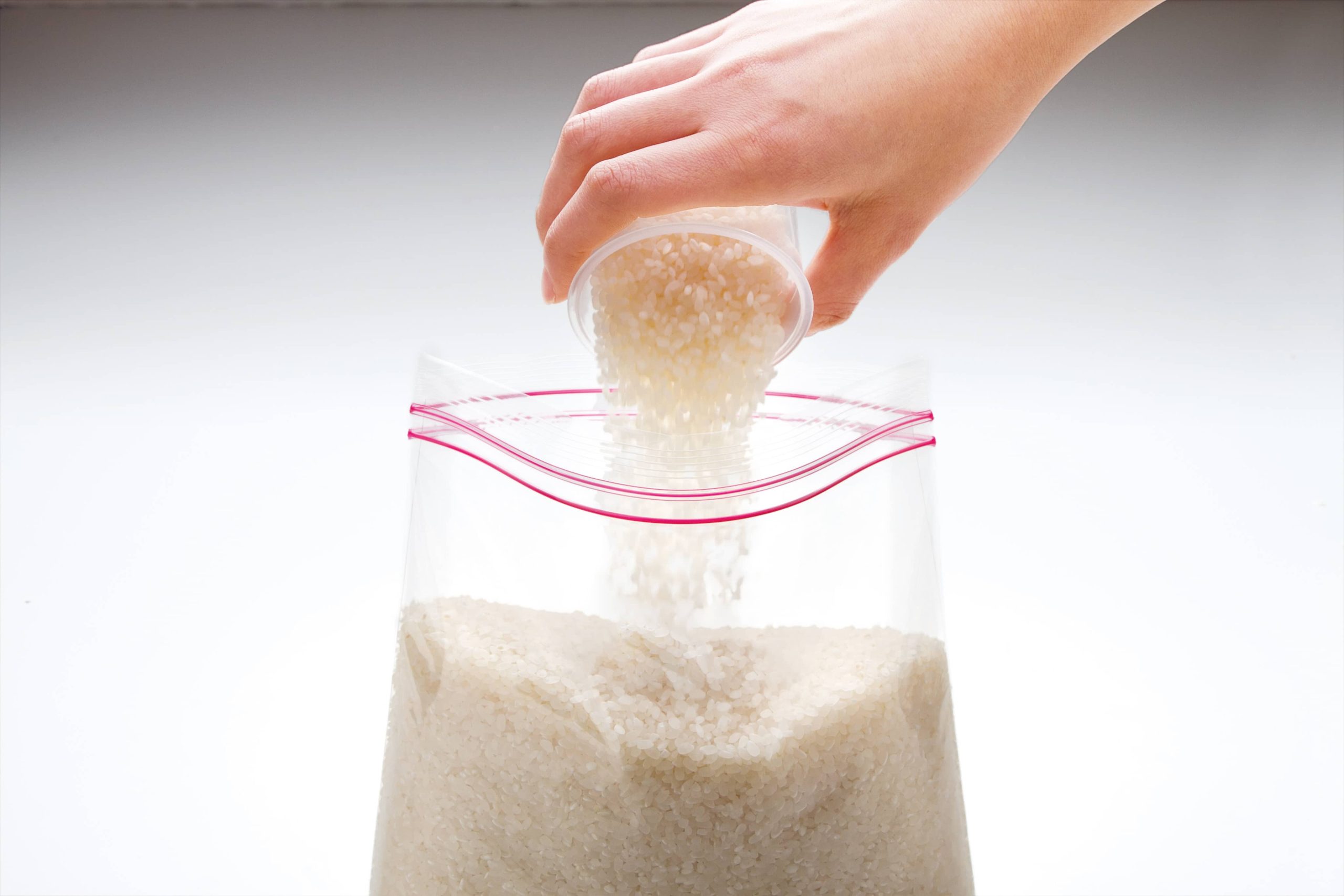

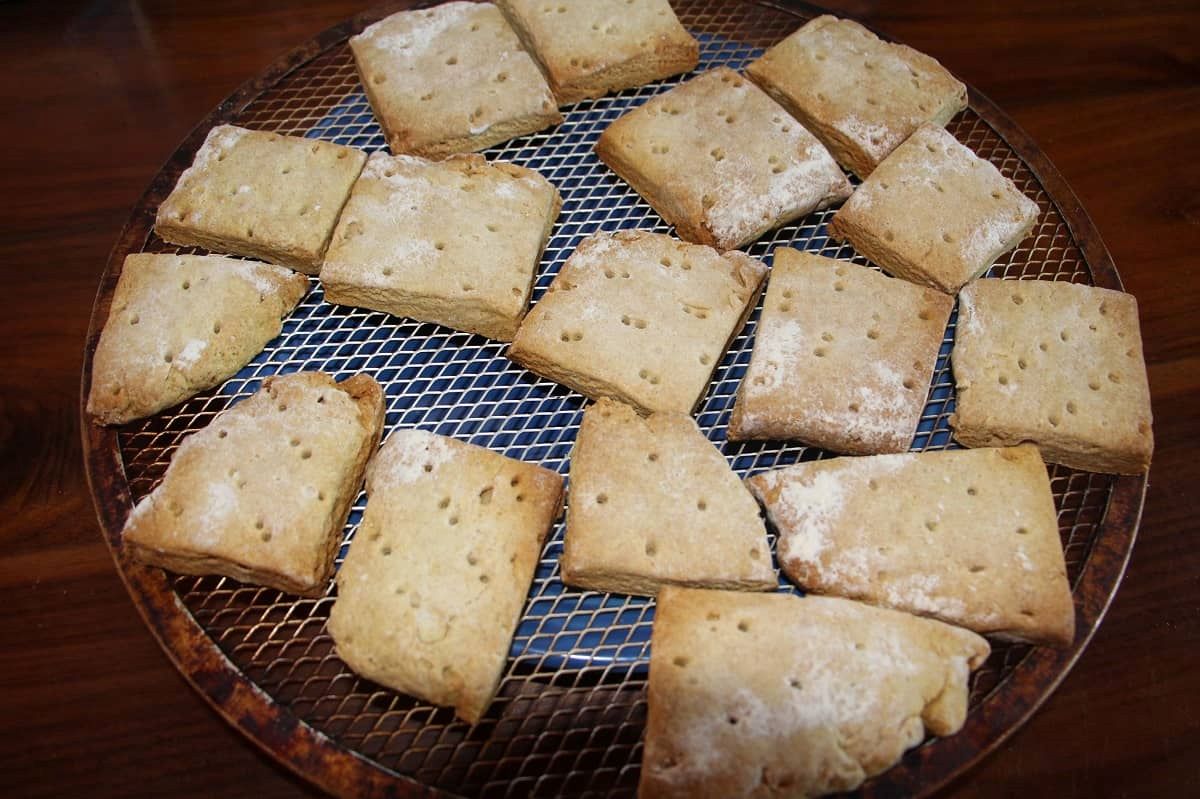
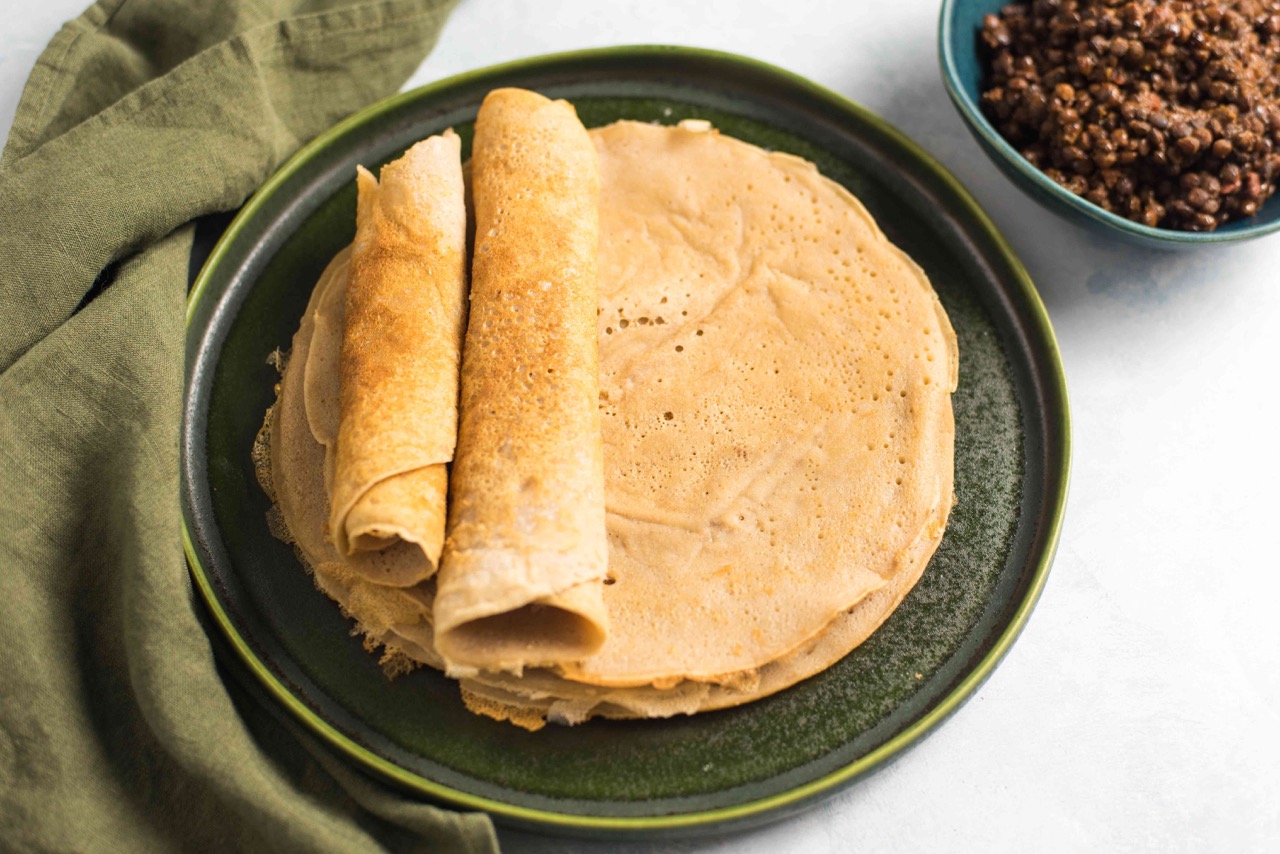
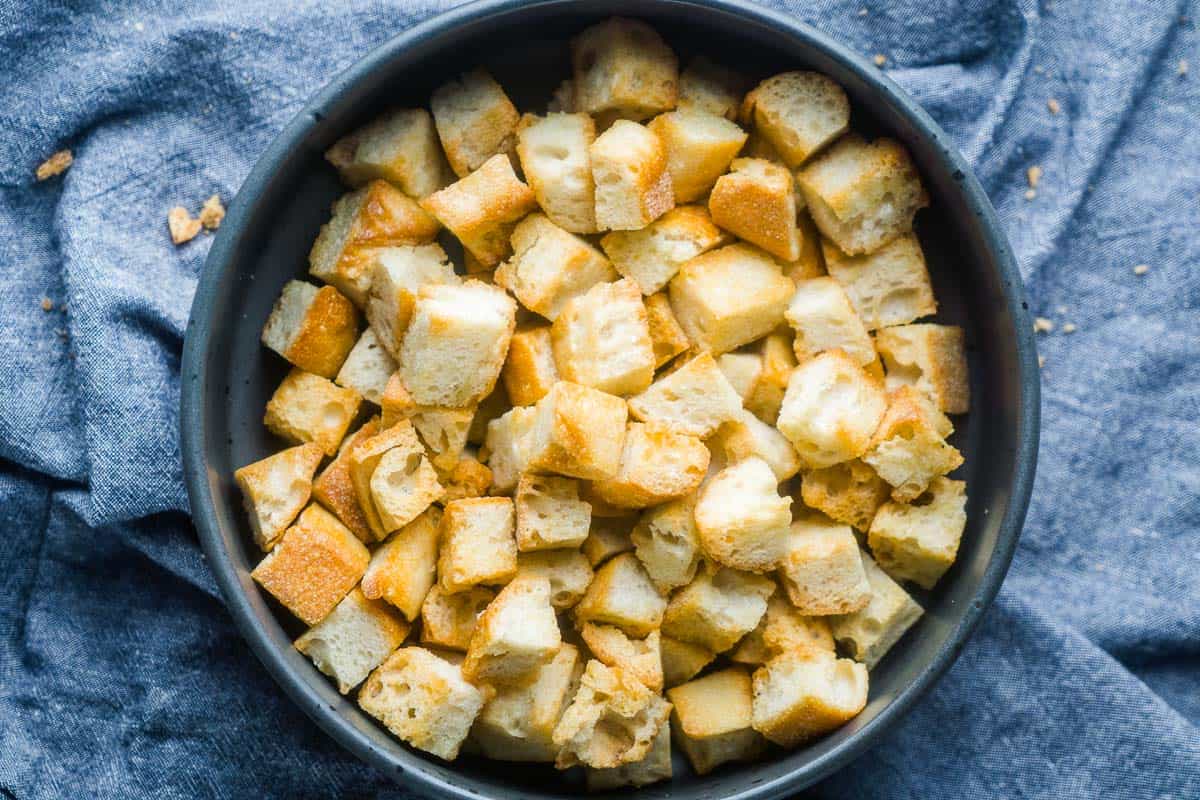
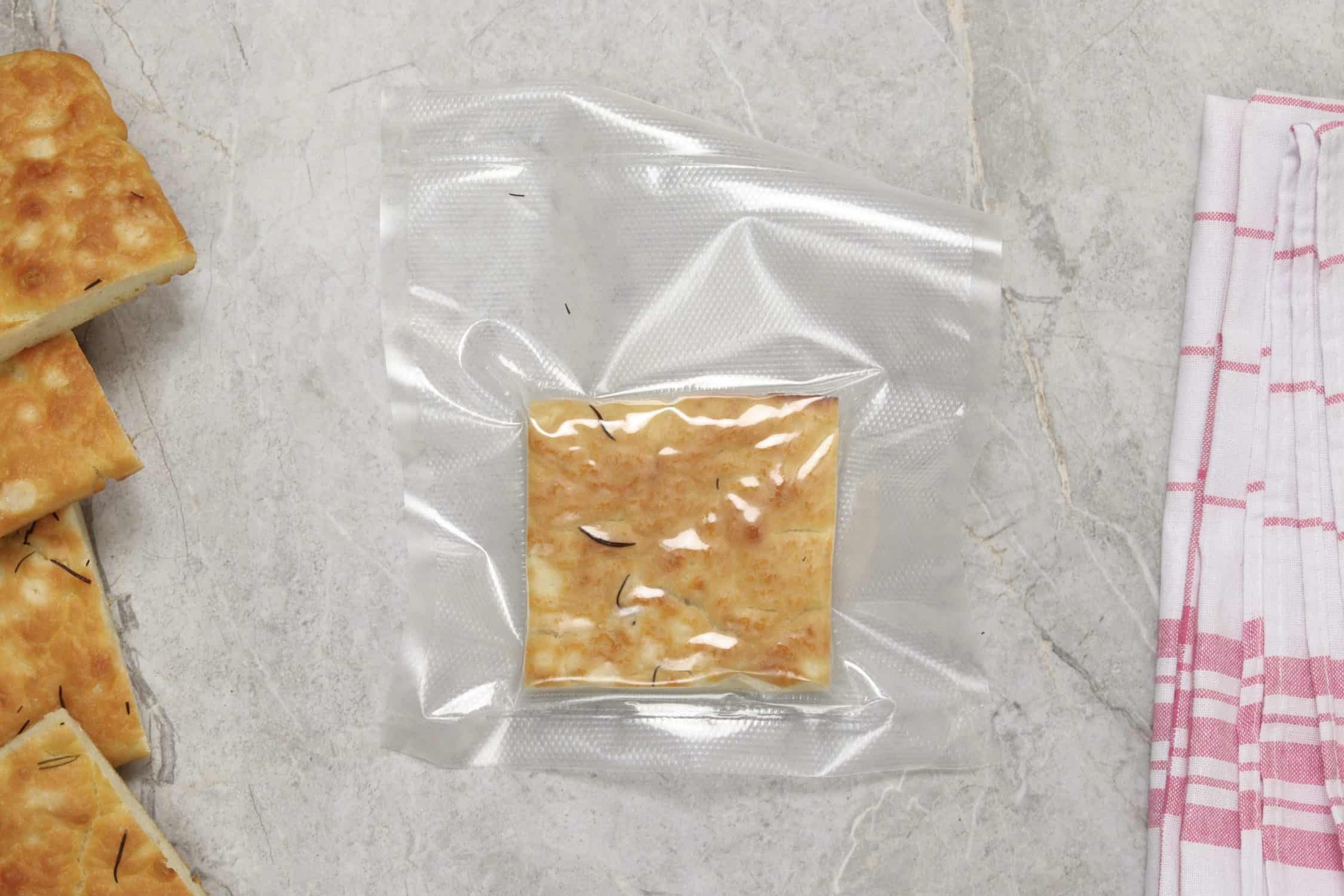
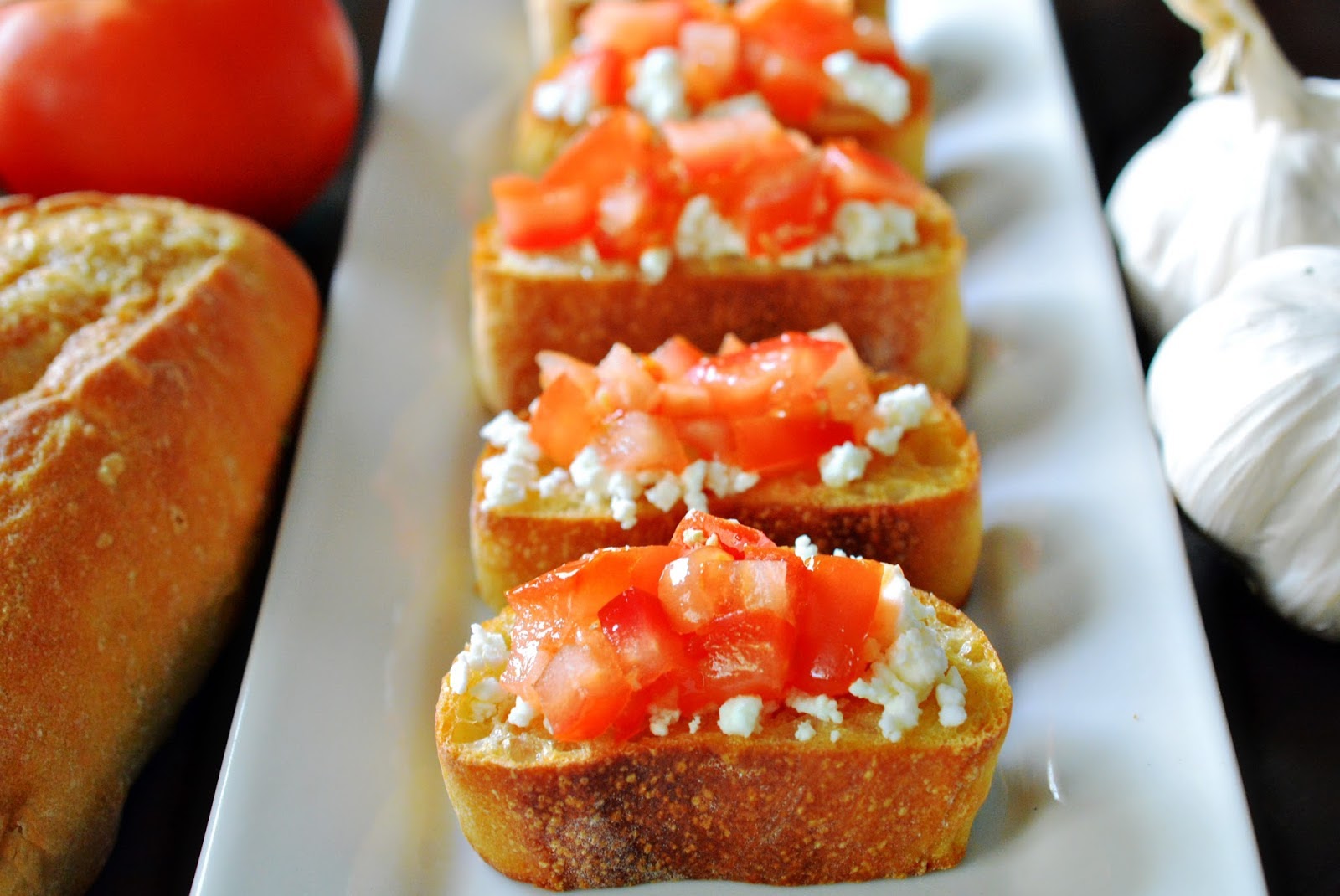

0 thoughts on “How To Store Challah Bread”